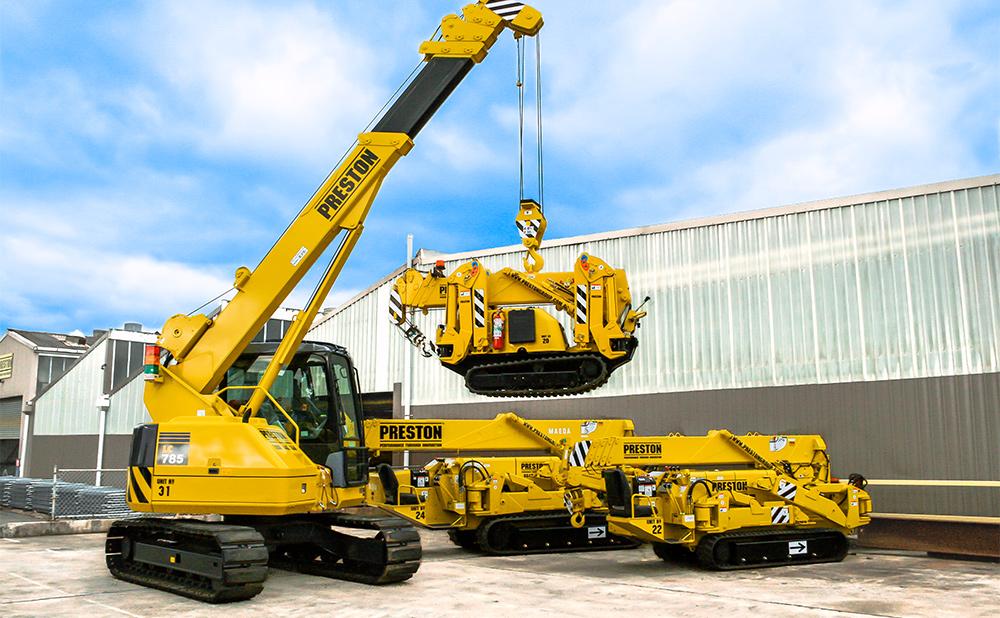Construction is a dangerous business and on-site work carries a much higher risk than your typical office job. Statistics reported by HSE revealed during the period between 2019 – 2020, 61,000 cases of non-fatal work-related injury occurred in the construction industry, along with 44 fatalities.
Common accidents on a construction site in the UK in the periods of 2017 – 2018 and 2019 – 2020 were slips, falls, or trips on the same level, falls from height and injury by flying/falling object.
While steps can be taken to prevent injuries, no health and safety policy can guarantee an accident-free workplace, which is why it’s so crucial to ensure your construction staff are trained in first aid and resuscitation and have a well-stocked first aid kit on site.
Here, we investigate the importance of having a construction site first aid kit and what it should contain.
Table of Contents
What is a first aid kit and what purpose does it serve?
A first aid kit is a collection of sterile medical supplies which can be used to treat an injury or to keep an injured person alive until an ambulance arrives. These supplies are designed to treat a wide range of injuries, from a small cut to a gaping wound or a severe burn.
Every home and workplace should have a first aid kit to hand, as it could save a life in the event of an accident. For example, bandages can be used to staunch blood flow from a major wound, preventing the patient from bleeding out.
How to assess what should be in your first aid kit
To determine what should be in your first aid kit, you will need to assess the risks involved in the business being carried out.
For example, a basic first aid kit will probably suffice for the staff who are working in the office, however those who are working on-site will be more at risk of a serious injury, due to the dangerous equipment used during construction work, so they would benefit from having an extensive collection of heavy-duty first aid supplies.
Basic first aid kits vs advanced first aid kits
HSE UK suggest a basic first aid kit should contain a leaflet with general guidance on providing first aid. HSE have a version of this which can be downloaded for free online.
The leaflet contains instructions for checking airways and breathing and performing CPR, as well as outlining what your priorities should be when faced with an injured person.
Also recommended are individually wrapped sterile plasters in a range of sizes to prevent infection and reduce bleeding from minor cuts, examples can be found here. Sterile eye pads are also recommended to protect an eye injury from further damage, such as an infection, which could have serious repercussions.
Sterile triangular bandages and unmedicated wound dressings in various sizes will be helpful if someone has a medium to severe wound.
Keeping a deep cut bandaged will prevent further blood loss and infection. Safety pins should also be included in your kit, to ensure the bandages can be secured tightly, as well as disposable gloves, as these will further reduce the risk of infection when treating an open wound.
An advanced first aid kit is recommended for those working on construction sites, due to the high risk of a traumatic injury or death. It should contain all the items in a basic first aid kit but some additional supplies too.
These include clothing shears to cut through fabric to access an injury, tourniquets, haemostatic dressings to stop severe bleeding and finger dressings to protect an injured finger from infection.
Adhesive hypoallergenic microporous tape should also be included to ensure bandages and dressings are secured properly. A foil blanket should be included as well, to keep an injured person warm, as body temperature drops after blood loss.
Eye injury is not uncommon on a construction site, so it’s advised to have saline eye pods, eye baths and sterile eye pads in an on-site first aid kit. Also recommended are burn dressing and gels to prevent an infection after a burn and clinical waste bags to ensure any used dressings or bloodied items are disposed of safely.






